Ibrahim Mahama explores bats, Ghana, and new beginnings at White Cube
Ibrahim Mahama’s ‘Lazarus’, a new exhibition at White Cube (until 7 November 2021), sees the Ghanaian artist explore the hidden life of Nkrumah Volini, a brutalist grain silo from Ghana’s immediate postcolonial era
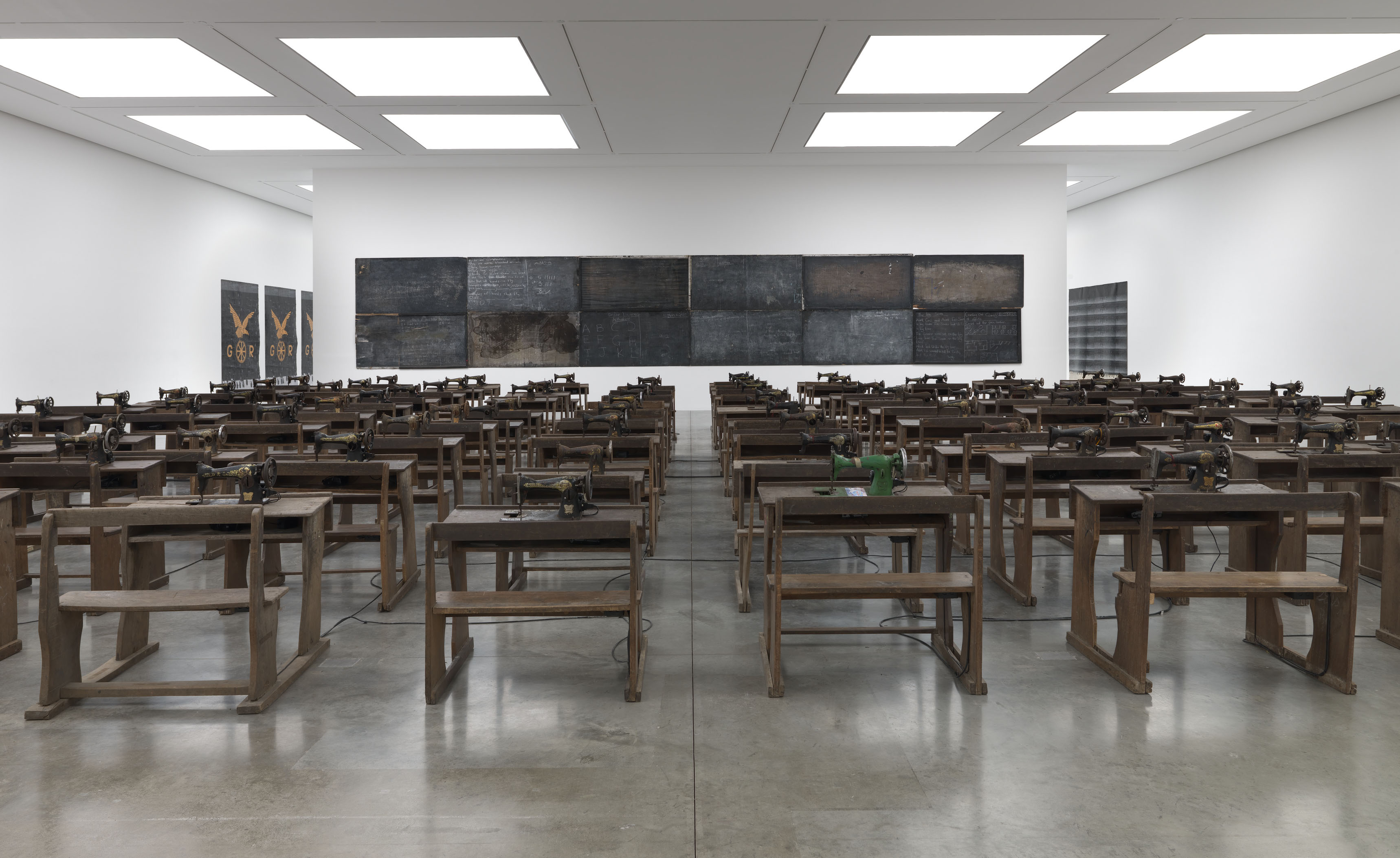
In 2015, Ibrahim Mahama instructed his gallery to sell some of his works. As one of Africa’s most influential artists, he did not struggle to find a buyer, and, quickly, he was flush with cash. But Mahama had a plan; the Ghanaian government had put up for sale a huge dilapidated grain silo close to his home in Tamale, the capital of the Northern Region of the West African country and the city of his birth. Locals referred to the silo as ‘Nkrumah Volini’. At the opening of his exhibition in London’s White Cube, Mahama told Wallpaper* that ‘the term loosely translates as “inside the hole”’.
‘The phrase means a void, a place of doom, a place no one goes to,’ he says. ‘But it can also be a place of transformation – like a teleportation device, or a time machine.’
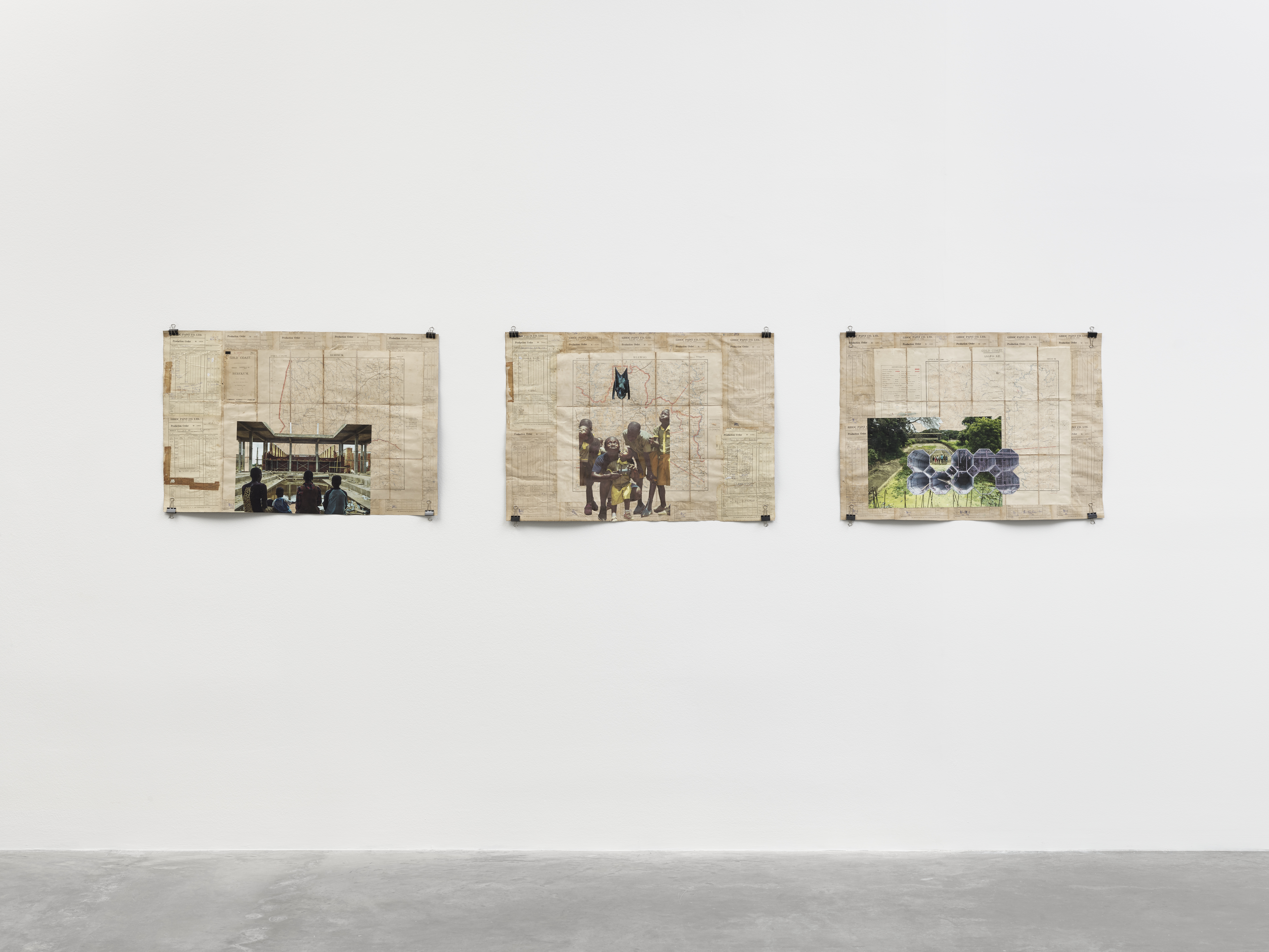
Ibrahim Mahama, ‘Lazarus’, exhibition view, White Cube Bermondsey, © the artist. Photo © White Cube
Mahama found Nkrumah Volini ‘after I became interested in post-independence infrastructure and architecture’, he says. ‘The building had been abandoned for 60 years, just as many others had around the country. But it seemed to have caught the imagination of the people around, even if they didn’t quite know why it was there, or what it was built for.’
What would anyone do with such a hulking, brutalist and seemingly redundant construction? For Mahama, the answer is obvious, the huge challenges not remotely daunting – just as he did with the Savannah Centre for Contemporary Art in Tamale, Mahama was going to turn it into a cultural centre, a place where schoolchildren could realise ‘the transformative quality of art’.
The silo was built in the joyous years after Ghana gained independence from the yolk of British rule. This was the 1960s, and President Kwame Nkrumah led a postcolonial government that promised a new age of economic prosperity that every Ghanaian would see and feel. ‘He promised to build infrastructure that would lead to economic independence for the continent of Africa,’ Mahama says. ‘I would see similar buildings all the time, scattered round the country, without ever knowing what they were.’
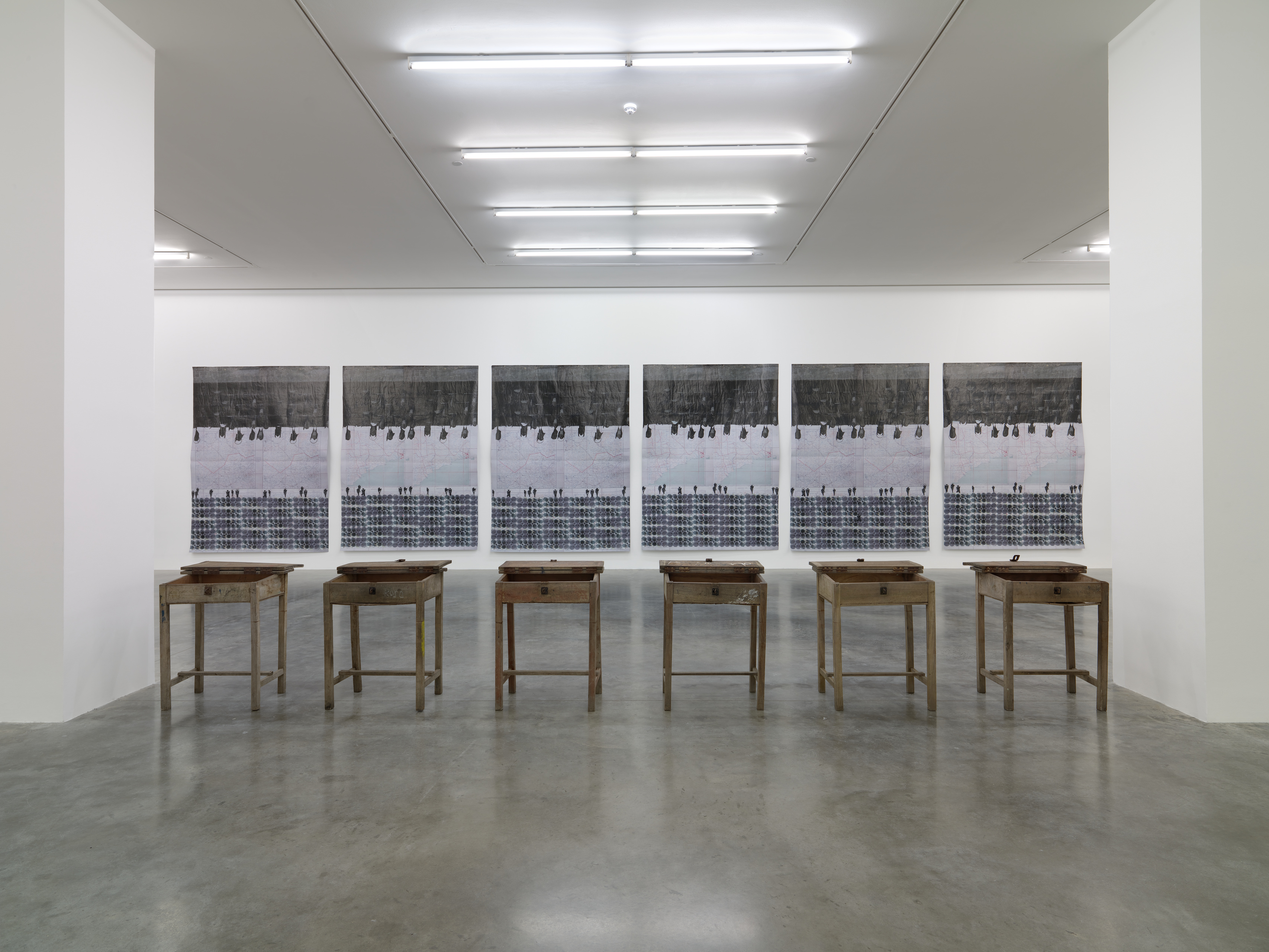
Ibrahim Mahama, ‘Lazarus’, exhibition view, White Cube Bermondsey, © the artist. Photo © White Cube
In time, Nkrumah was overthrown. The silo, which was used as a place for Tamale farmers to collectively store huge quantities of grain, which could then be distributed country-wide, flooded in 1966, was abandoned and left to ruin, then privatised and sold. ‘It became this ghost, just hanging about,’ Mahama says.
Entering again, 50 years after its original purpose became abstracted, Mahama found a world unto itself. Fish, snakes, frogs, birds, all manner of insects – each now called Nkrumah Volini their home. The soil had become enriched by the bodies of animals that had lived and died there. Flood water teemed like a primordial ocean. But Mahama was most taken by the huge colony of bats hanging from the building’s eaves, some the height of a child, their wingspan that of an adult. Their shit was everywhere. Half asleep, they’d often bicker and fight. When they flew to hunt, and they often did at night, it could be terrifying for the humans beneath.
Receive our daily digest of inspiration, escapism and design stories from around the world direct to your inbox.
How many cultural centres would let the bats stay – especially in the time of Covid?
Not many, it’s fair to say. Yet it says much of Mahama’s singularly inclusive form of artmaking that the bats were not just allowed to stay – they were made the star of the show.

Ibrahim Mahama, ‘Lazarus’, exhibition view, White Cube Bermondsey, © the artist. Photo © White Cube
Mahama greets visitors on the day with notebooks under his arm. ‘I carry notebooks with me, and that’s how I started recording the patterns that existed in Nkrumah Volini,’ he says. ‘And I realised there was an ecology that had formed independently inside this space.’
As Mahama began the arduous process of converting Nkrumah Volini into a (bat inclusive) cultural centre, he also started photographing his winged silo mates, filing the images in his notebooks. ‘I started visiting all of the time, spending hours of time there,’ he says.
Mahama began to photograph the bats, montaging them together with documentation of the history of the building – colonial-era maps, receipts, bank-notes, orders and ledgers – as well as his archive notes and drawings he made in the notebooks. Often, he plays with perspective, flipping a bat hanging upside down so it appears to stand vertically. The bats aren’t anthropomorphised, but their characters come through – their thin, furry bodies, their tissue-paper wings, their eyes seeming at once keen and mournful. But also their beauty; the way they can fly in seemingly synchronised formation, or the way they sometimes hang together, asleep in conjugal tranquillity.

Ibrahim Mahama, ‘Lazarus’, exhibition view, White Cube Bermondsey, © the artist. Photo © White Cube
In Nkrumah Volini, with his new Chiroptera co-inhabitants, Mahama realised he had discovered his own cultural centre, even before it was formed – a space that spoke truly and authentically of the recent history of Ghana, of the country’s extraordinary spread across the world, of its civic struggles and successes, of its evermore complex relationship with its recent occupiers, of its unbound future.
‘I wanted to turn the place into a greenhouse,’ he says. ‘By allowing the bats to be co-habitants of the space, Nkrumah Volini became a place where we could rethink life in itself.’ §

Ibrahim Mahama, ‘Lazarus’, exhibition view, White Cube Bermondsey, © the artist. Photo © White Cube

Ibrahim Mahama, ‘Lazarus’, exhibition view, White Cube Bermondsey, © the artist. Photo © White Cube
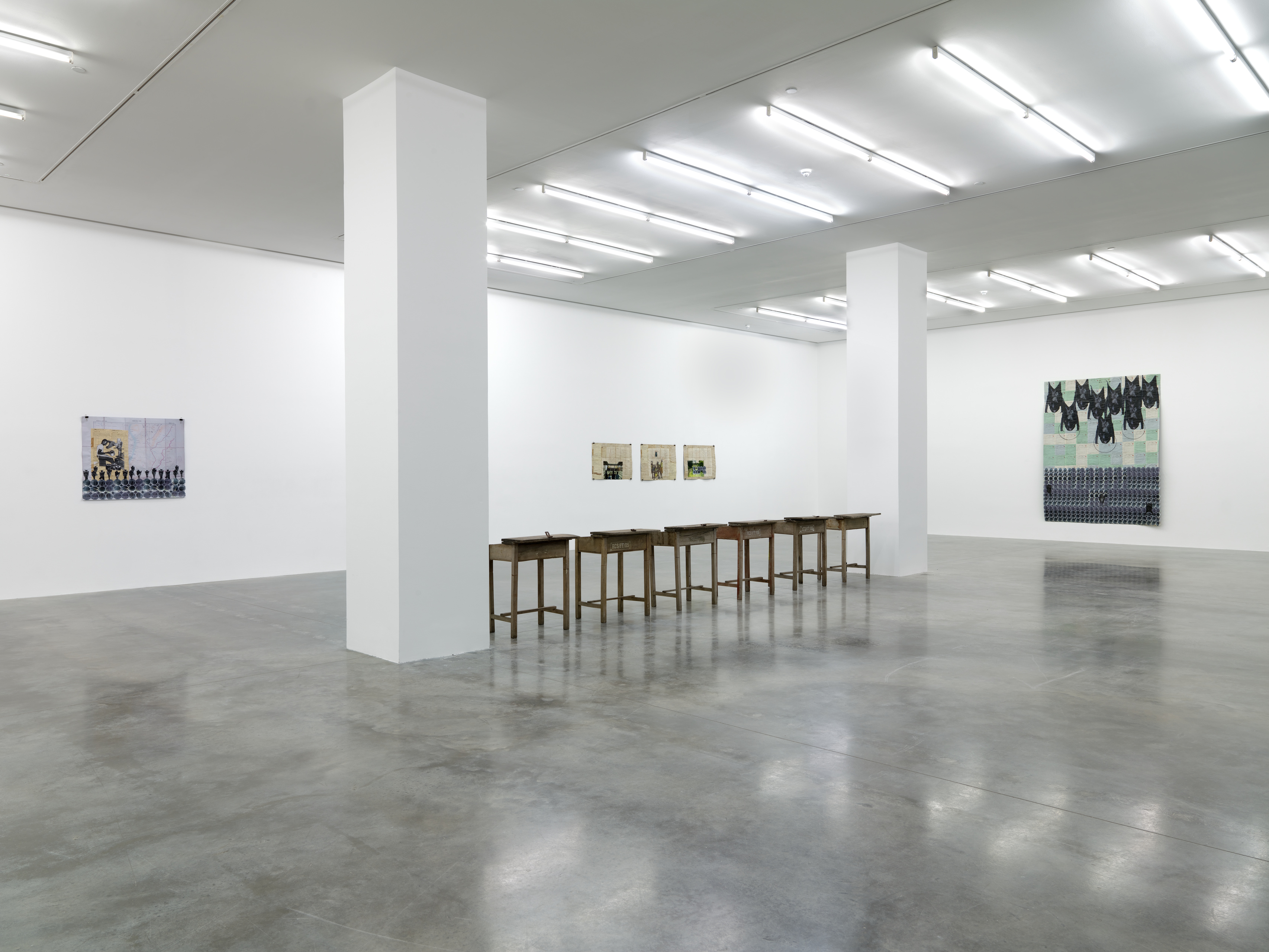
Ibrahim Mahama, ‘Lazarus’, exhibition view, White Cube Bermondsey, © the artist. Photo © White Cube
INFORMATION
Ibrahim Mahama, ‘Lazarus’, until 7 November 2021 at White Cube Bermondsey, London
Tom Seymour is an award-winning journalist, lecturer, strategist and curator. Before pursuing his freelance career, he was Senior Editor for CHANEL Arts & Culture. He has also worked at The Art Newspaper, University of the Arts London and the British Journal of Photography and i-D. He has published in print for The Guardian, The Observer, The New York Times, The Financial Times and Telegraph among others. He won Writer of the Year in 2020 and Specialist Writer of the Year in 2019 and 2021 at the PPA Awards for his work with The Royal Photographic Society. In 2017, Tom worked with Sian Davey to co-create Together, an amalgam of photography and writing which exhibited at London’s National Portrait Gallery.
-
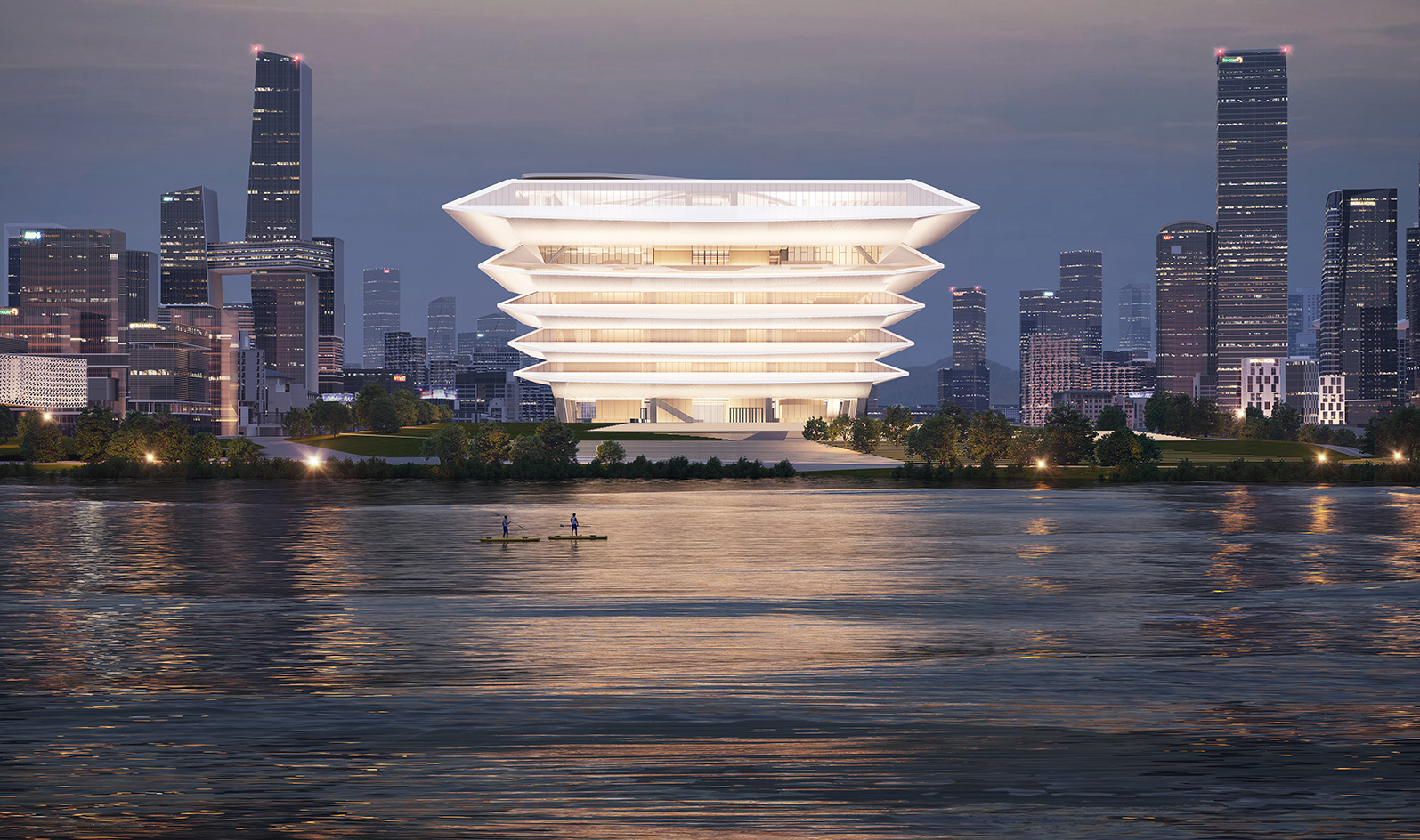 The RIBA Asia Pacific Awards reward impactful, mindful architecture – here are the winners
The RIBA Asia Pacific Awards reward impactful, mindful architecture – here are the winnersThe 2025 RIBA Asia Pacific Awards mark the accolade’s first year – and span from sustainable mixed-use towers to masterplanning and housing
-
 Holland & Holland's Range Rover is outstanding in its field: shoot the breeze in style
Holland & Holland's Range Rover is outstanding in its field: shoot the breeze in styleCan you spare half a million pounds for a glorified four-wheeled gun cabinet? If so, the Range Rover Holland & Holland Edition by Overfinch might be the perfect fit
-
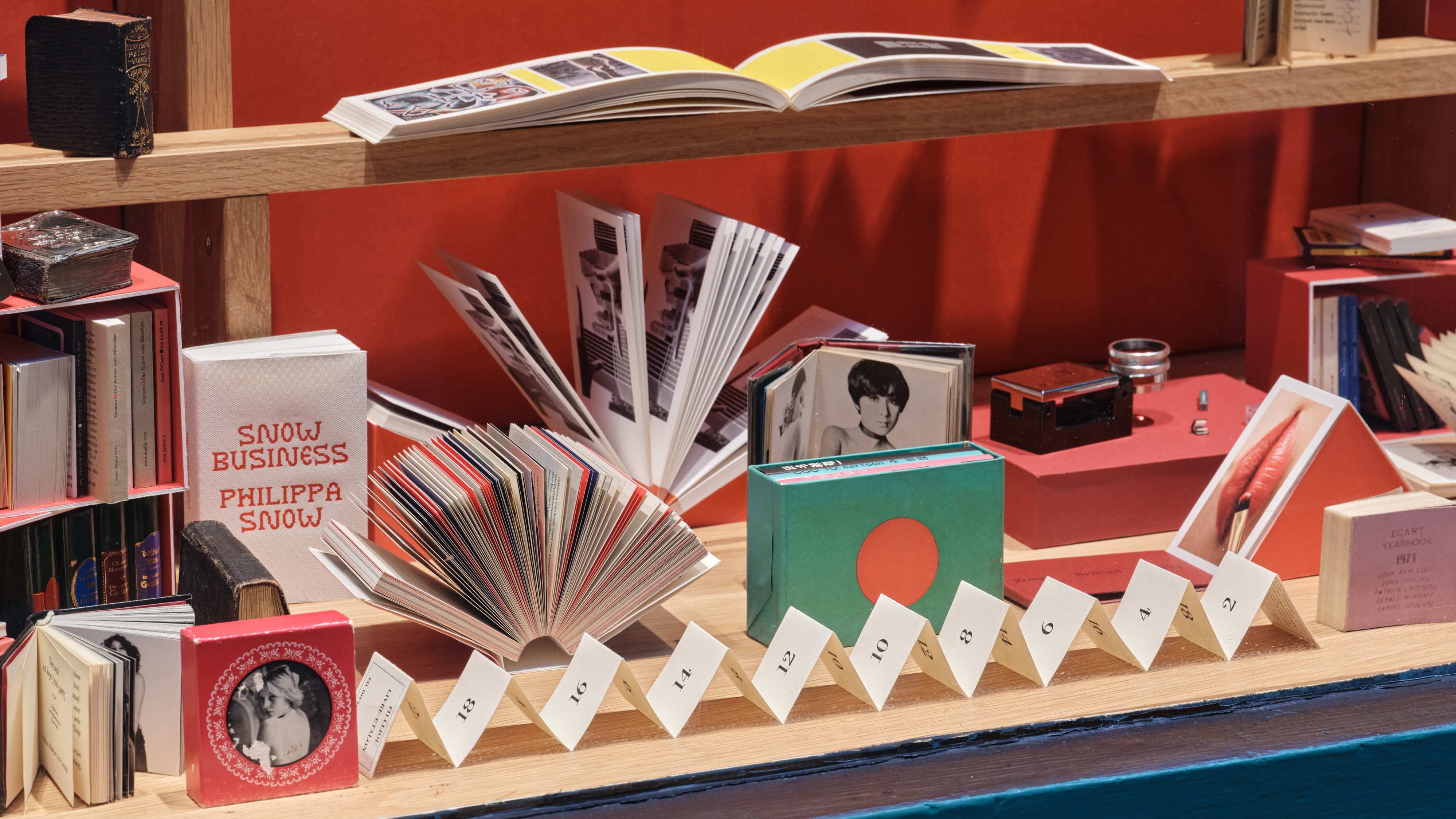 Veronica Ditting’s collection of tiny tomes is a big draw at London's Tenderbooks
Veronica Ditting’s collection of tiny tomes is a big draw at London's TenderbooksAt London bookshop Tenderbooks, 'Small Print' is an exhibition by creative director Veronica Ditting that explores and celebrates the appeal of books that fit in the palm of your hand
-
 Inside the work of photographer Seydou Keïta, who captured portraits across West Africa
Inside the work of photographer Seydou Keïta, who captured portraits across West Africa‘Seydou Keïta: A Tactile Lens’, an exhibition at the Brooklyn Museum, New York, celebrates the 20th-century photographer
-
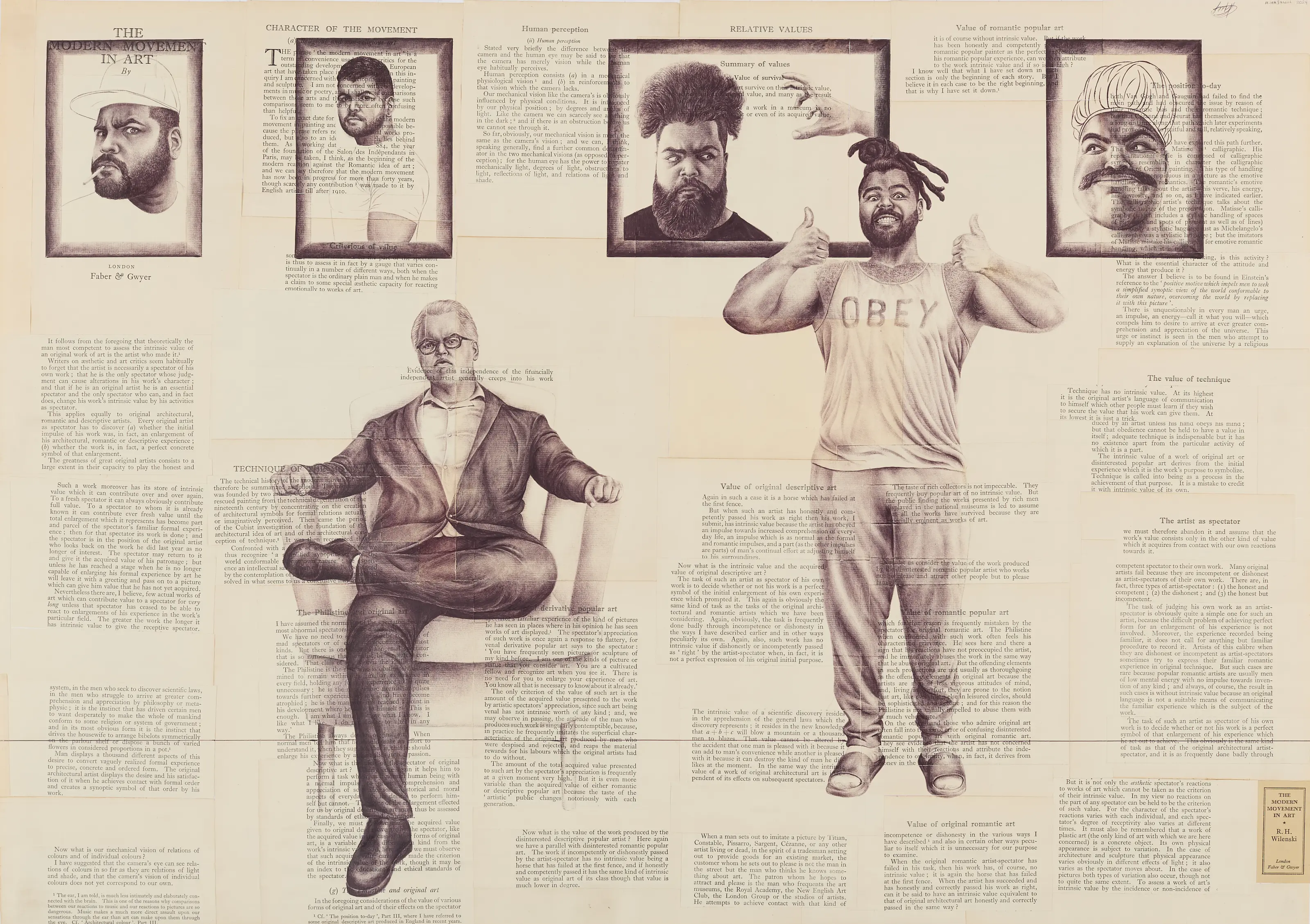 ‘It is about ensuring Africa is no longer on the periphery’: 1-54 Contemporary African Art Fair in London
‘It is about ensuring Africa is no longer on the periphery’: 1-54 Contemporary African Art Fair in LondonThe 13th edition of 1-54 London will be held at London’s Somerset House from 16-19 October; we meet founder Touria El Glaoui to chart the fair's rising influence
-
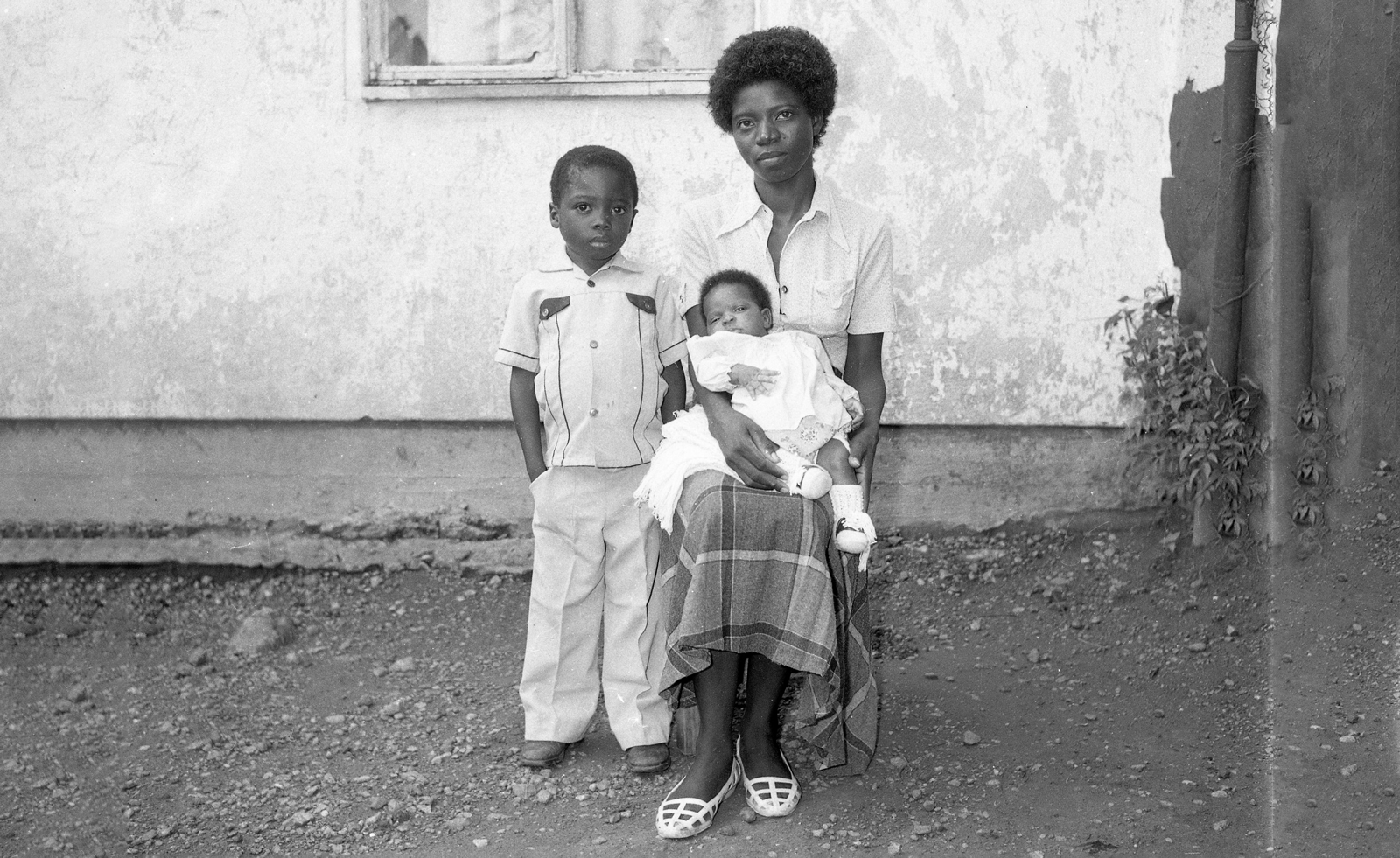 Alick Phiri’s black and white portraits capture the realities of post-colonial Zambia
Alick Phiri’s black and white portraits capture the realities of post-colonial ZambiaAfter decades of capturing Zambia’s capital city, the photographer returns for an exhibition featuring his works alongside South Africa’s William Matlala
-
 Love, community, anti-gay laws: the queer African artists redefining visibility through portraits
Love, community, anti-gay laws: the queer African artists redefining visibility through portraitsIn honour of Pride Month, Ugonnaora Owoh speaks to three artists on African queer legacies and their optimism in advocating for queer rights through art
-
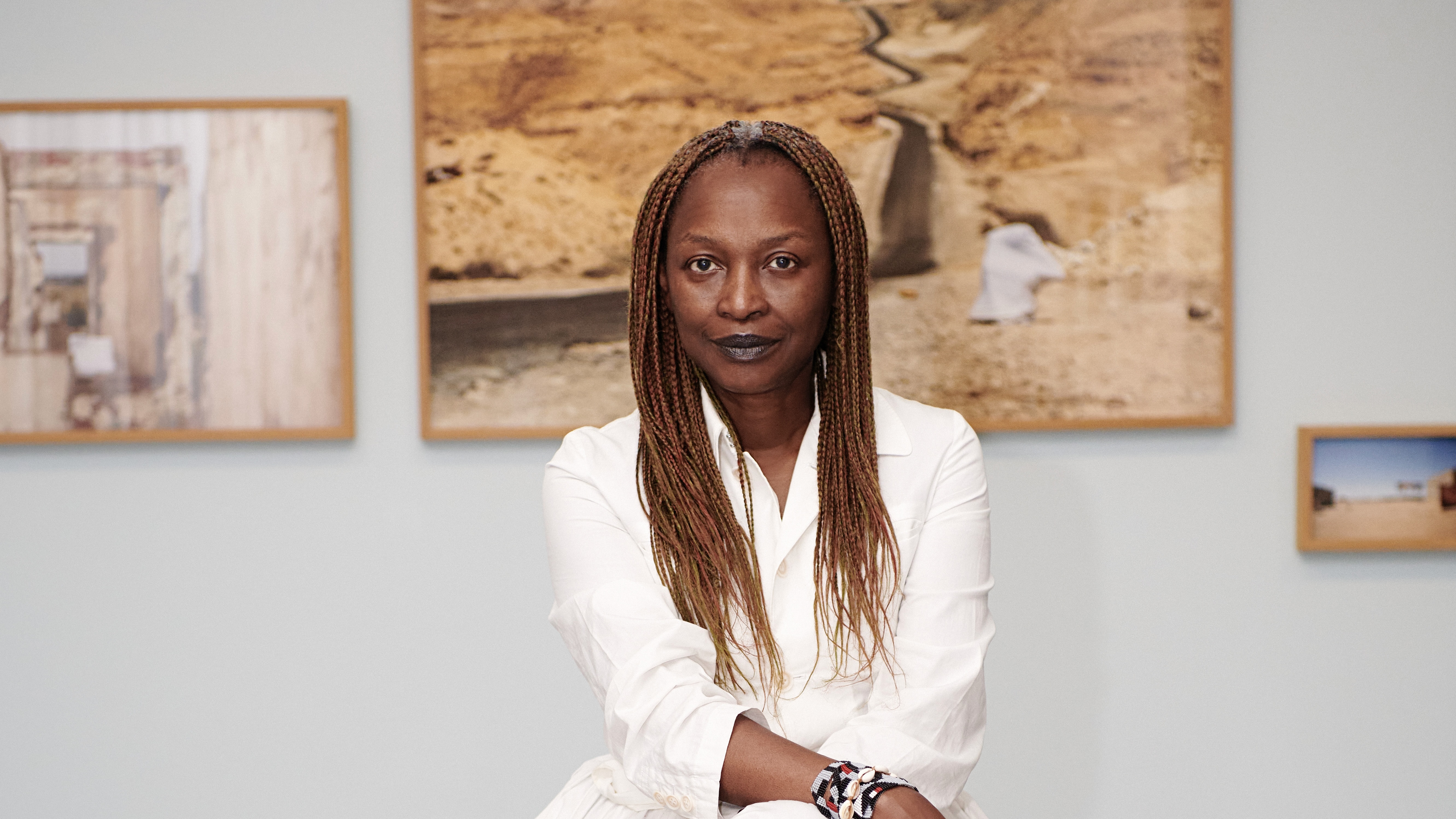 Remembering Koyo Kouoh, the Cameroonian curator due to lead the 2026 Venice Biennale
Remembering Koyo Kouoh, the Cameroonian curator due to lead the 2026 Venice BiennaleKouoh, who died this week aged 57, was passionate about the furtherance of African art and artists, and also contributed to international shows, being named the first African woman to curate the Venice Biennale
-
 Inside Yinka Shonibare's first major show in Africa
Inside Yinka Shonibare's first major show in AfricaBritish-Nigerian artist Yinka Shonibare is showing 15 years of work, from quilts to sculptures, at Fondation H in Madagascar
-
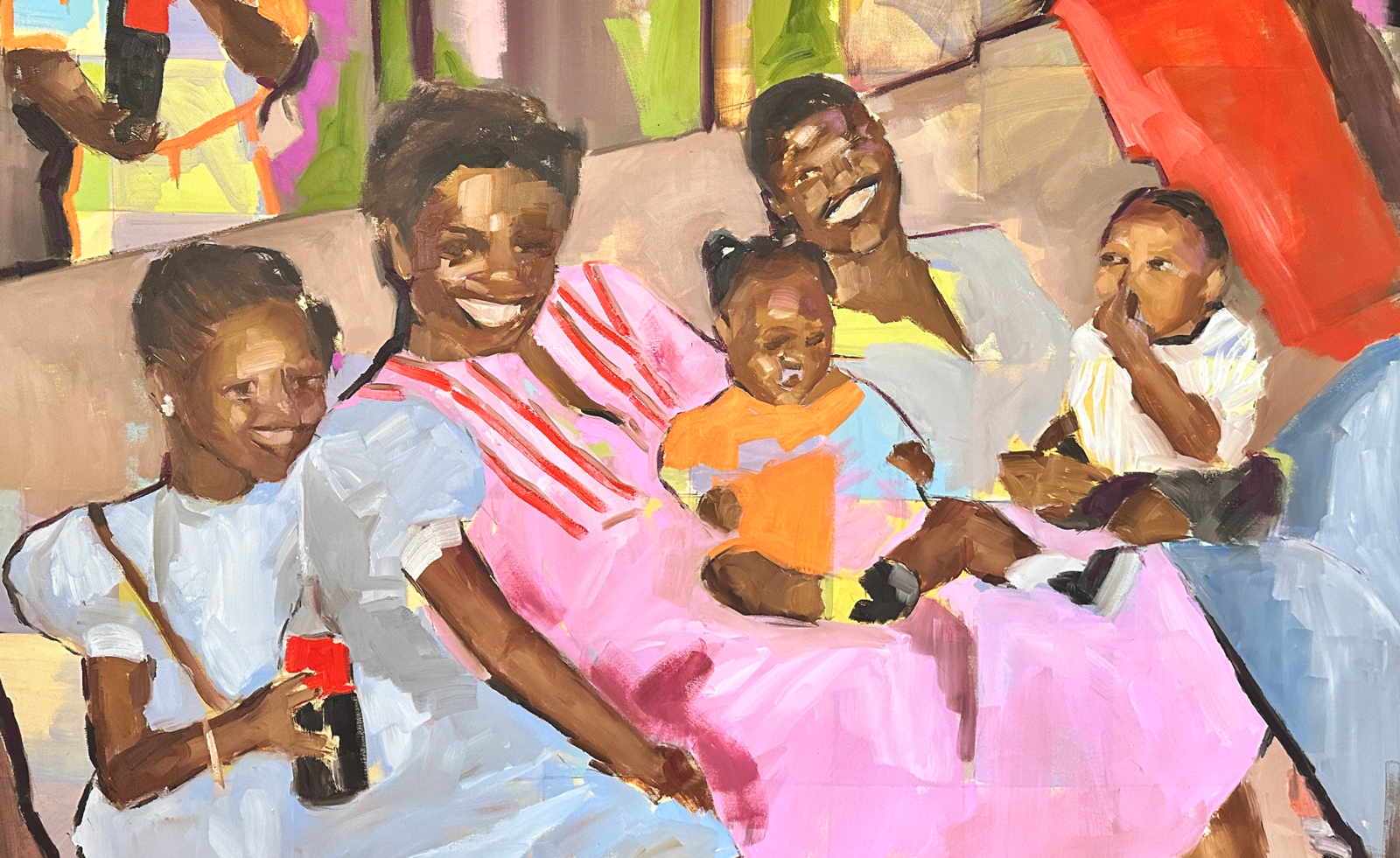 Don’t miss these artists at 1-54 Contemporary African Art Fair 2024
Don’t miss these artists at 1-54 Contemporary African Art Fair 2024As the 1-54 Contemporary African Art Fair returns to London (10-13 October 2024), here are the artists to see
-
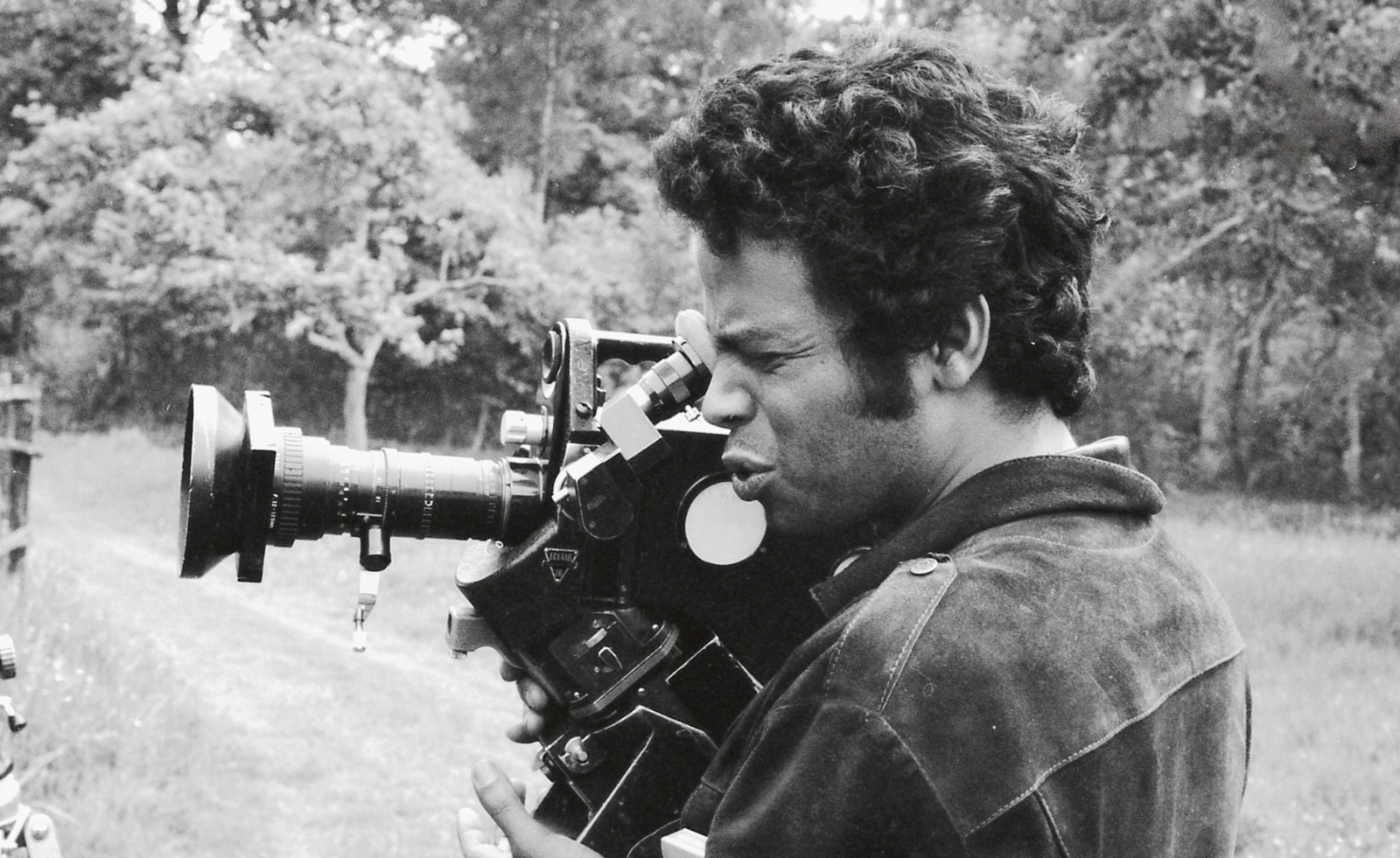 How Amy Sall is highlighting the beauty of African cinema
How Amy Sall is highlighting the beauty of African cinemaAmy Sall is highlighting the cultural impact of African filmmakers with ‘The African Gaze: Photography, Cinema and Power’, published by Thames & Hudson